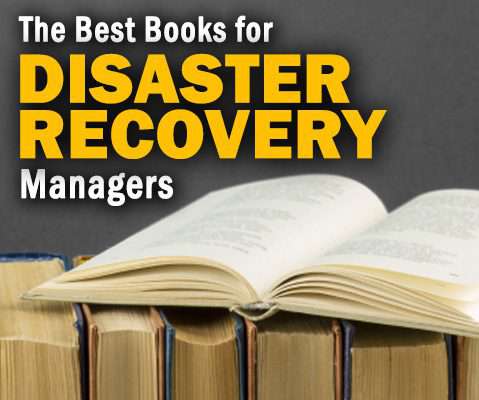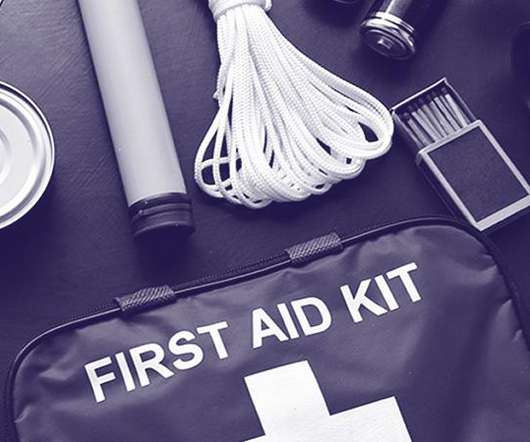The 9 Best Books for Disaster Recovery Managers in 2022
Solutions Review
FEBRUARY 4, 2022
Gustin’s other works focus on the multi-faceted role of the facility manager and business owner in maintaining business continuity. Description: “This new edition of a bestseller book addresses the complexities of disaster preparedness and business continuity. ” GO TO BOOK.












Let's personalize your content